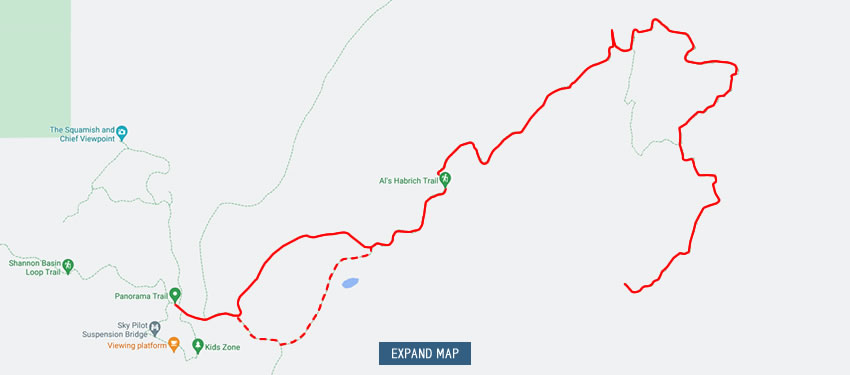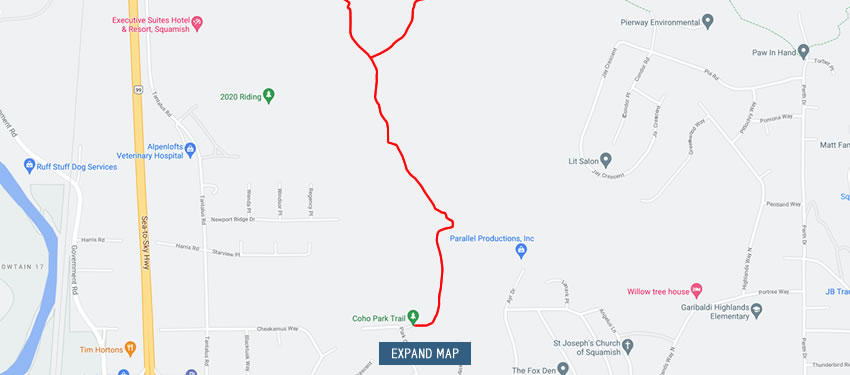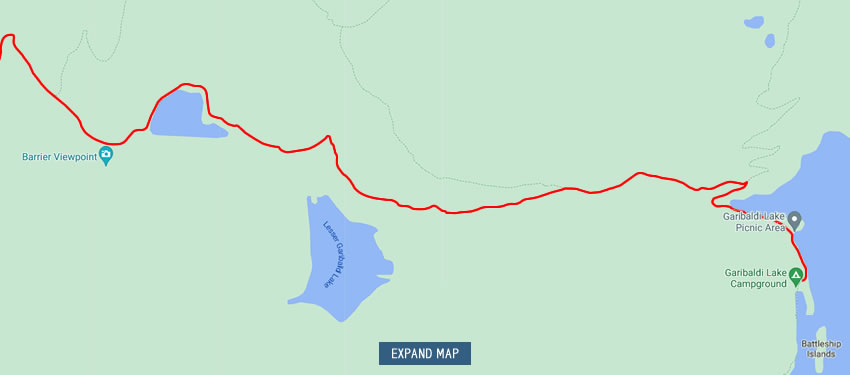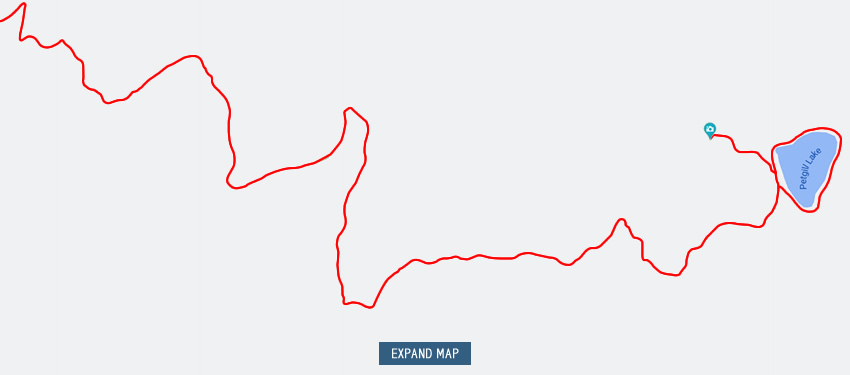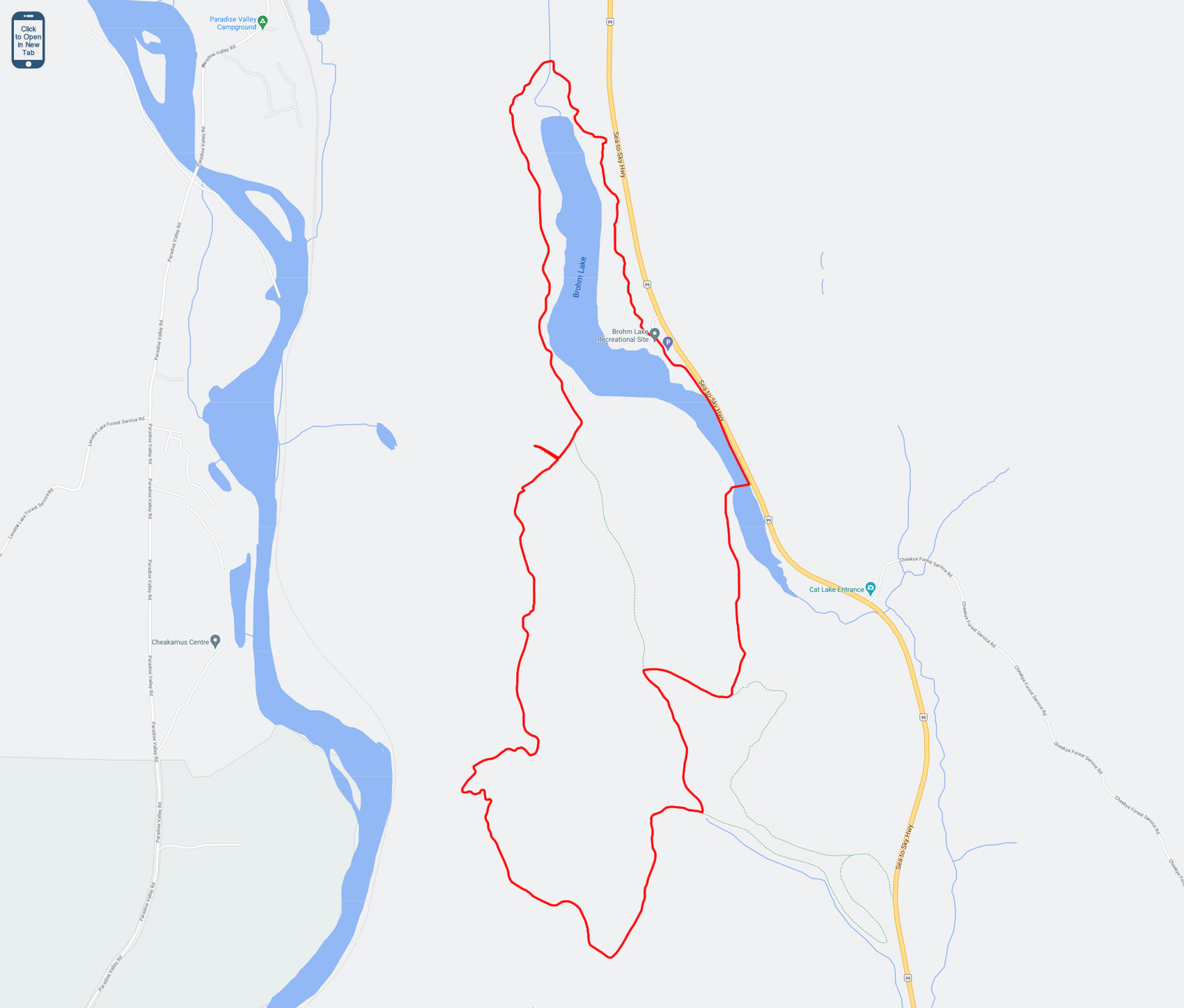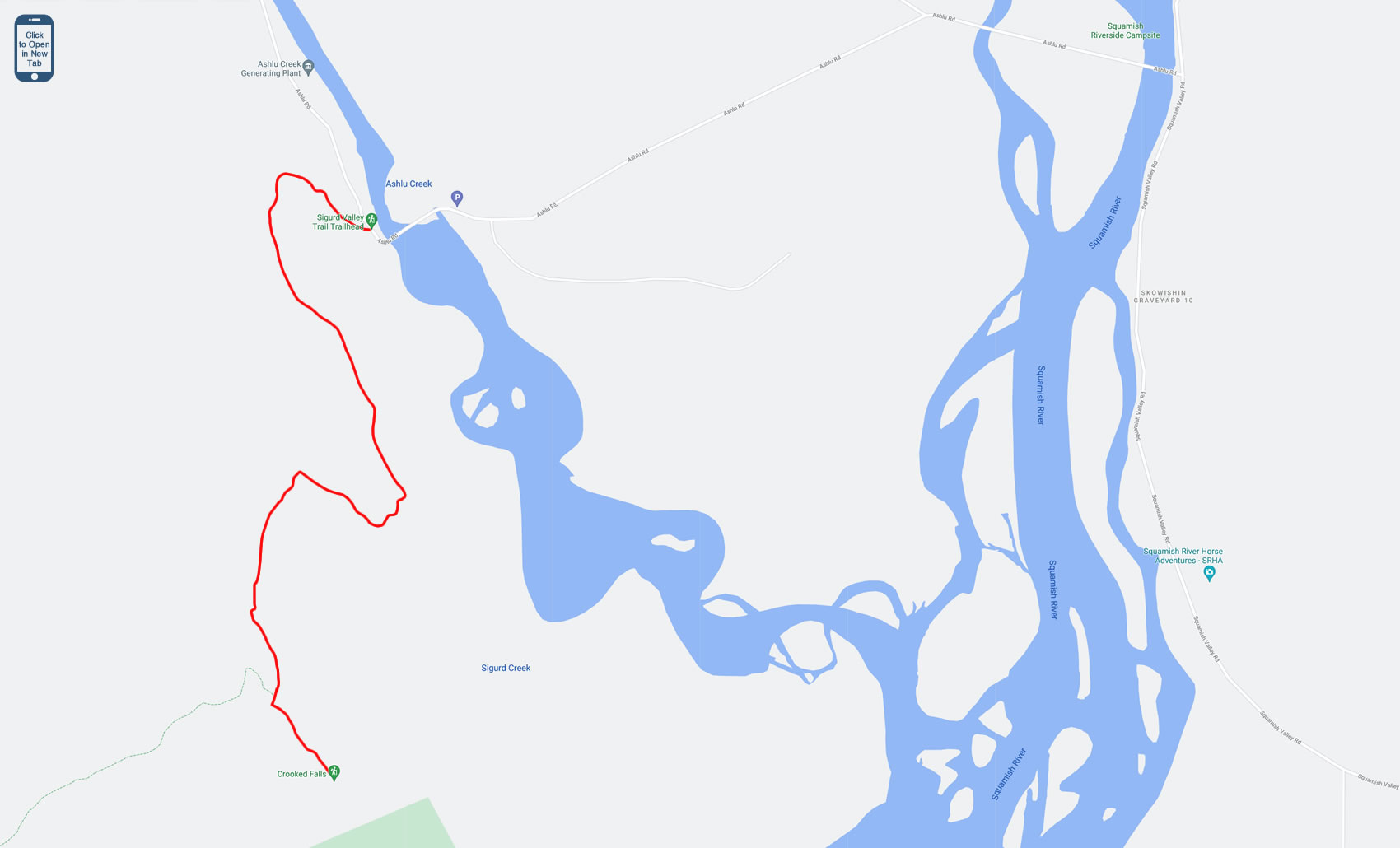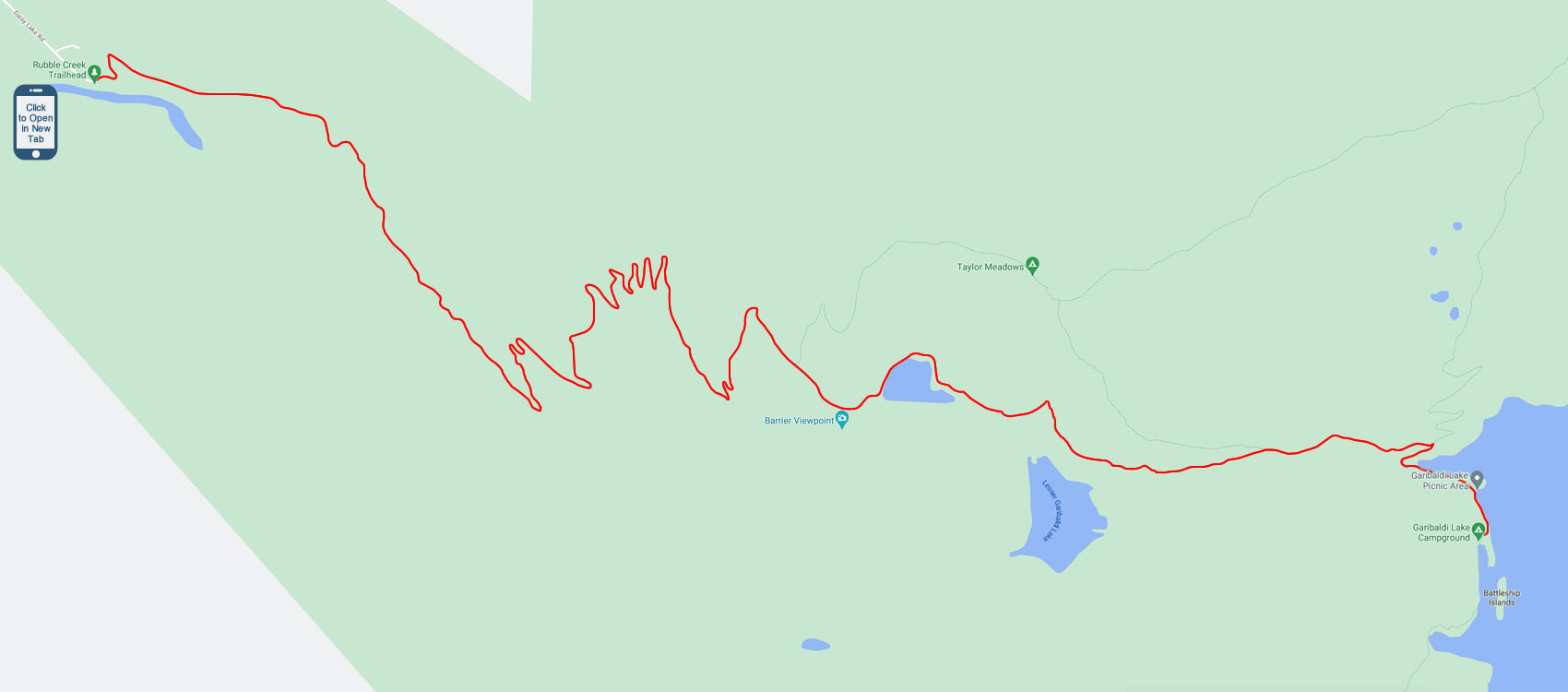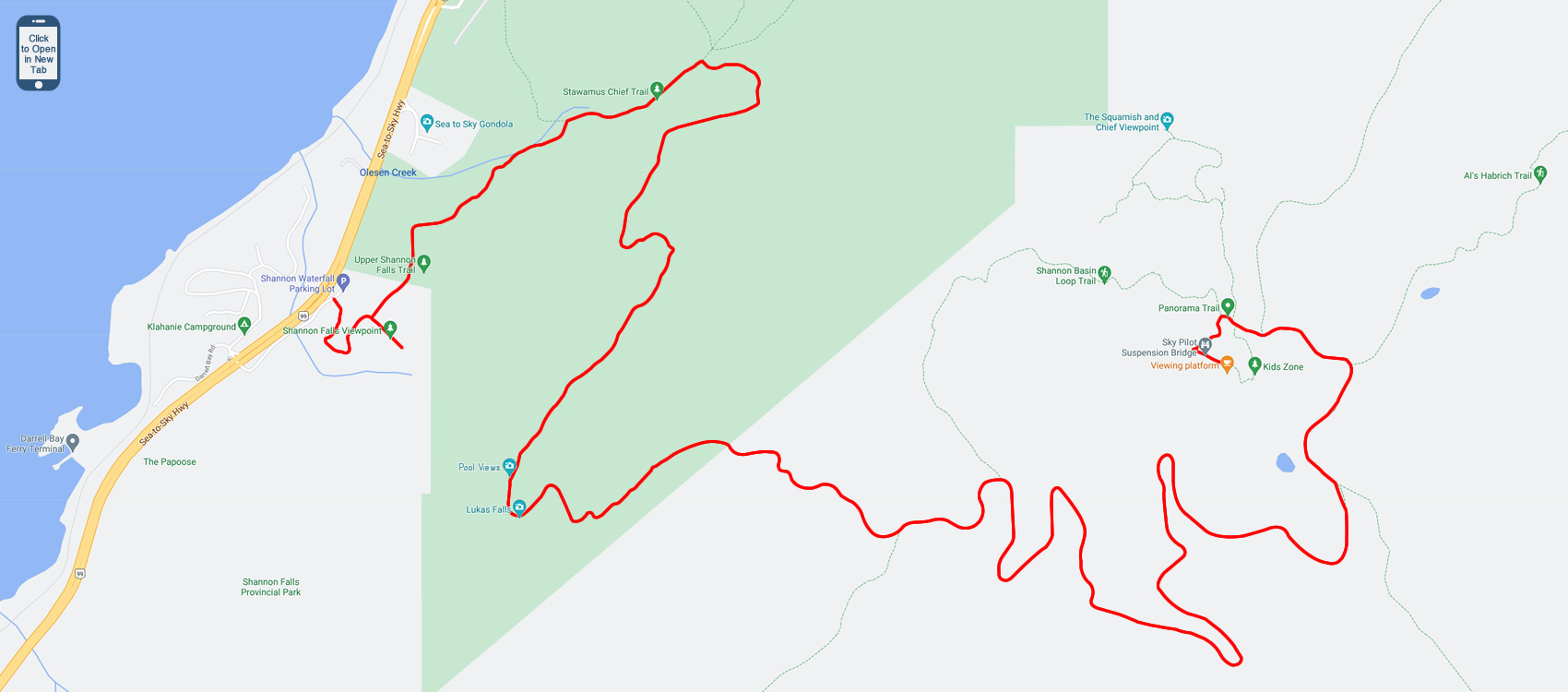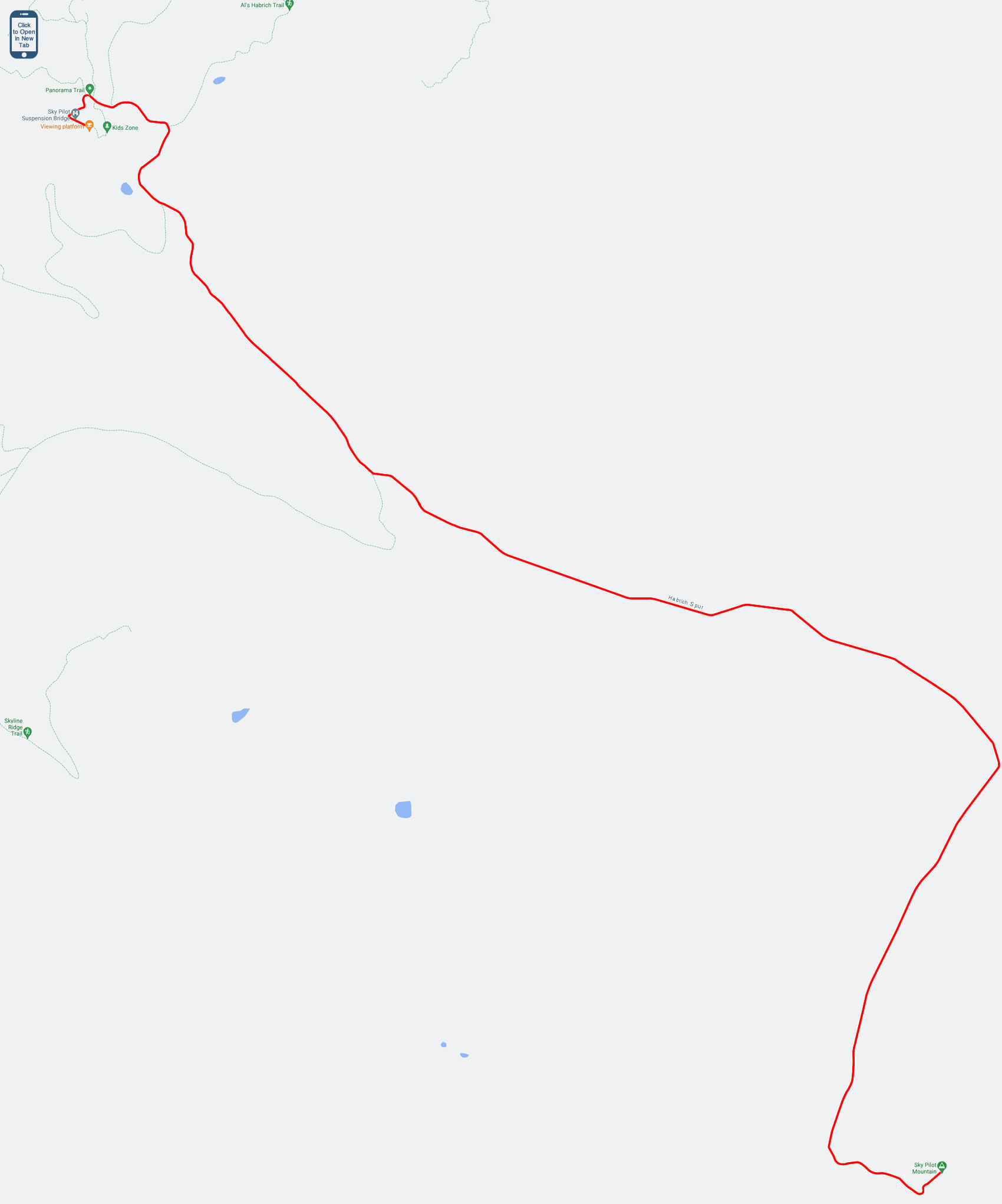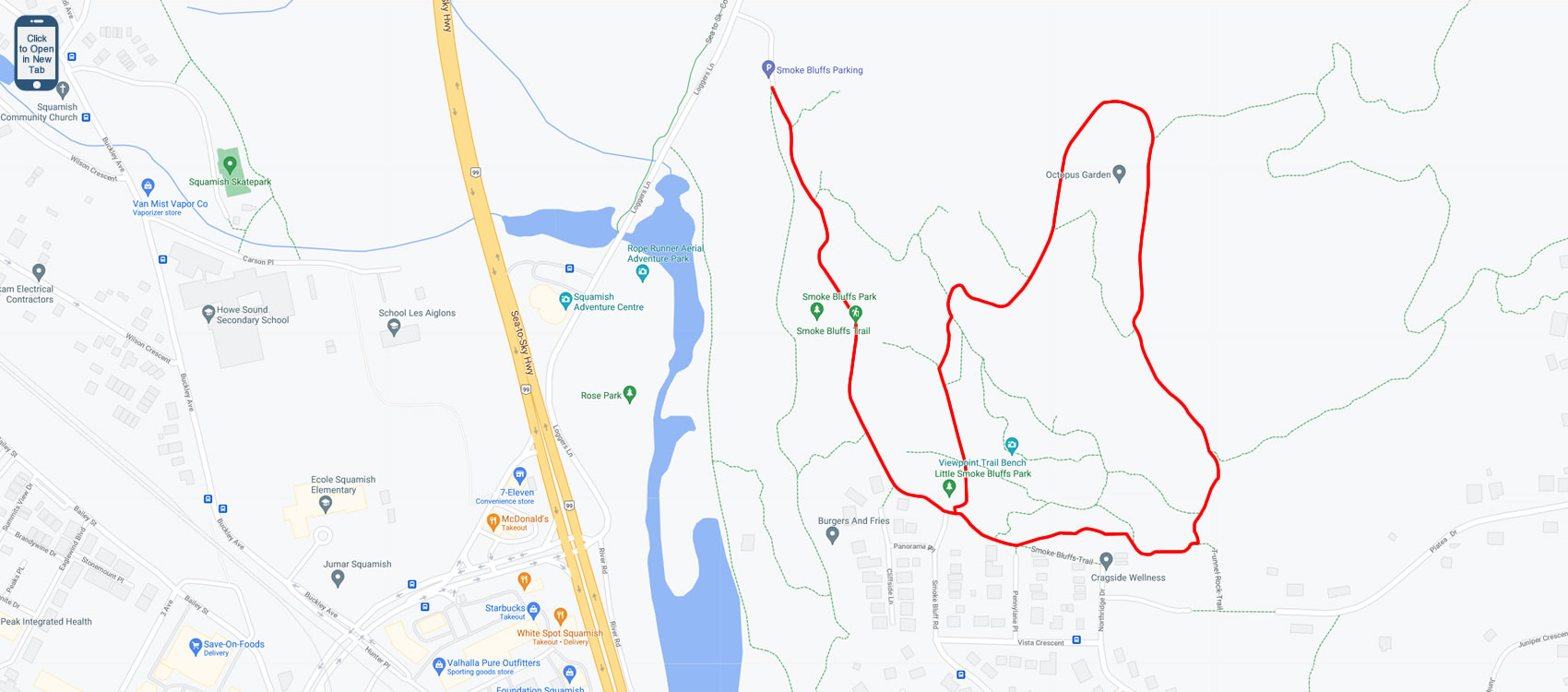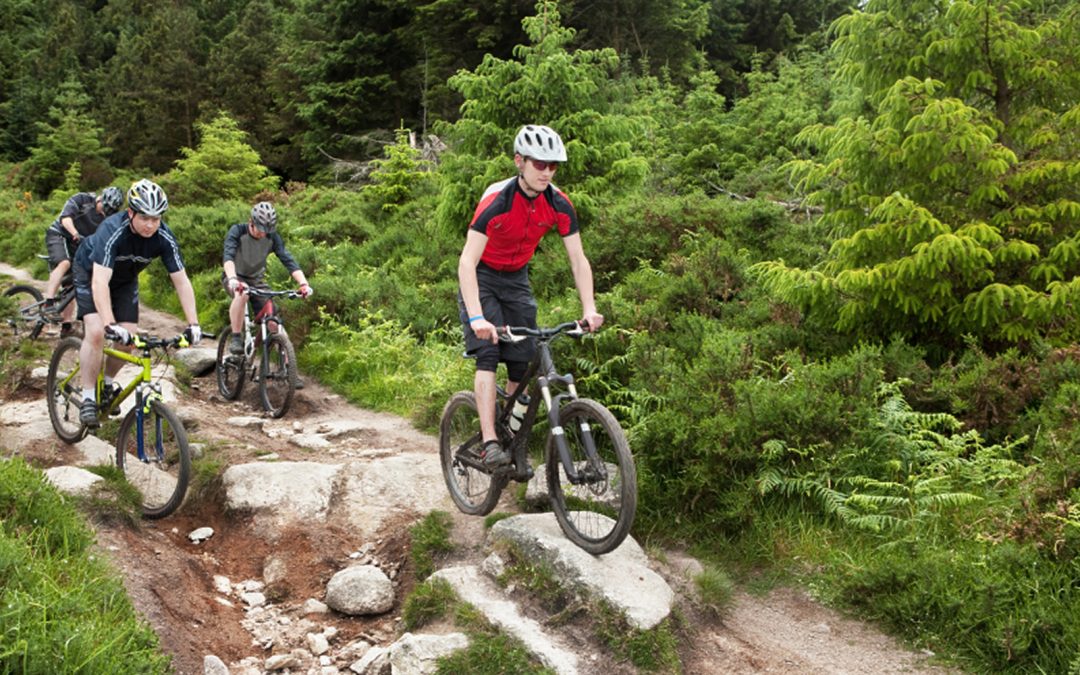
Experience Squamish’s Rainforest Trails and Spectacular Scenery by E-Bike
An e-bike combines your own effort with the power of an electric motor. This motor assists you up to around 25km/hr. The battery supplies the current for that extra push. The motor of the e-bike is fitted in the middle, or to the rear or front wheel of the bike. Smart sensors measure your speed, pedal force and rotation and use this information to provide the appropriate electric assistance.
E-bikes are easy to operate with controls on the handlebar, allowing you to select the level of assistance. There is also a display on your handlebar with a readout for information such as your speed, distance and remaining battery life.
Staying Safe While Exploring Squamish’s Great Outdoors
Situated mid-way between Whistler and Vancouver, Squamish is a vast recreational area to explore, with breathtaking views and interesting stops. Pedalling through areas like Garibaldi Highlands, Valleycliffe, or heading out on Highway 99 to Britannia Beach and Porteau Cove covers quite the distance, and wind and hills can draw more energy than expected. Good thing you brought the e-bike.
In Squamish, e-bikers are limited to riding on trails designated for e-bike use by Recreation Sites and Trails BC. Safety was very much a concern when selecting the trails, with the rising number of bikers riding across BC’s 700+ trails, with consideration to average levels of fitness, cycling techniques and skill, general e-bike knowledge and the lengths of the trails. E-bikes will also not be allowed in areas closed to motor vehicles or regular bikes but will be allowed on active transportation trails. It’s recommended that you discuss your intended route with the shop where you rent your e-bike.
In British Columbia, e-bikers are required to hold a valid drivers’ license. The British Columbia court ruled that e-bikes do not meet the province’s definition of a motor-assisted cycle, as they are not operated primarily by human power; and they look and function more like mopeds and scooters. Therefore, e-bikes require registration and drivers must have a drivers’ license to ride on BC roads legally.
Within the town of Squamish, most major streets have paved bike lanes on their shoulders and e-bikes are not permitted on sidewalks. With the speeds e-bikes can achieve, the safety of pedestrians, hikers, other cyclists and even horses must always be the top priority.
A Few of Squamish’s Most Popular E-bike Trails
Squamish is known for its lush green rainforests and outstanding mountain bike trails. Here are some of its roughly 20 e-bike-approved trails to explore.
Angry Midget Trail
If you have some mountain bike experience and are looking for a challenging trail, and your e-bike is equipped with front shocks, this 1.1km singletrack black-rated trail is perfect. Situated just up the hill from Half Nelson, Angry Midget is fast, with a constant descent through the Garibaldi Park trees. As you progress further into this technical trail, you will navigate by some root challenges and ladder bridges. You access this trail by riding up Ring Creek Road, a little past Half Nelson.
Elfin Lake Trail
Elfin Lake Trail is the only e-bike approved trail in Garibaldi Provincial Park, an out-and-back trail that’s 21km return, with a 639 m climb. What makes Elfin Lake a must-ride is the spectacular views of Mount Garibaldi, Atwell Peak and vast alpine meadows from the ridge.
The first 2km of the ride can be challenging for beginners, with steep sections and loose rock; but it gets considerably easier after that. This is a heavily trafficked trail, so it’s important to keep your eyes open for hikers and other riders.
You access Elfin Lake Trail by taking Mamquam Road off the Sea to Sky Highway. There are two day-use shelters along the trail – the Red Heather Hut and the Elfin Lakes Cabin – which make great places for a rest and to grab a bite to eat. With advance reservations, it’s possible to overnight at the Elfin Lakes Cabin, the usual turnaround point for this trail.
Half Nelson Trail
Located in the Diamond Head trail network, this 1.9km singletrack trail is great for beginners, intermediate and expert riders alike. It is not too techy and contains a couple of tabletop jumps in the mid-section and plenty of wood bridges that make for an exciting and varied ride.
Easily one of Squamish’s most popular trails, Half Nelson comprises rock rollers, jumps and berms. There are also a few creek bed crossings and a switchback area with rollers to add to the thrill. You access this downhill pump trail from Garibaldi Park Road.
Ray Peters Trail – Green Loop
This easy 7.2km singletrack trail is ideal if you want to hone your off-road biking skills or ride with the kids because it doesn’t have much elevation gain.
If you’re looking for a trail with a magnificent mountain view of the Garibaldi Highlands, the fresh scent of forest greenery, Ray Peters is a good pick. This trail contains wooden features and countless loops. There are sixteen other trails crisscrossing the area, so you should set a GPS marker on your phone at the trailhead to avoid getting lost. You can access Ray Peters Trail from Ross Road.
Wonderland
Wonderland is a beautiful 2.9km cross-country trail with easy corners, some wooden features and low-lying bridges. It’s the perfect choice if you want a smooth ride through the dense forest of Alice Lake Provincial Park.
You can ride this singletrack trail in both directions, but it is best ridden from north to south. This tree-shaded trail offers a fun ride, especially on hot days, as the thick canopy of trees will keep your body cool. Some of the old-growth fir, hemlock and cedar trees in this area are more than a century.
Wonderland trail starts off Alice Lake Park road and exits north of Depot Road near the MTN Fun Basecamp.
Somewhere Over There
This 1.8km hand-built singletrack trail is perfect if you are looking for a route through the pristine BC rainforest, over wooden bridges, through flowy loam and rock slabs.
Considered one of Squamish’s best Black Diamonds by visitors, the Somewhere Over There trail can be a bit technical – especially the first rock roll – and it’s a thrilling ride. The trail has a great flow throughout, and you won’t need to use your breaks. The rock slabs can be challenging when it’s wet. You access Somewhere Over There from the top of the Bonsai dirtbike trail.
Four Scenic Squamish Road Rides
If the forest and mountain trails sound a bit intimidating, try one of the scenic e-bike road trips along Government Road and the Sea to Sky Highway.
The roughly 9 km flat ride along Government Road to Brackendale, passes through Brackendale Eagles Provincial Park, following the Squamish River and its interpretive trail. It’s a quiet place to stop and sit on a bench by the river, or drive a bit farther to The Crabapple Cafe for a bite. From November through February each year, runs of chum salmon travel up the river to spawn, and the area becomes the feeding grounds for thousands of wintering bald eagles.
Another popular ride is Britannia Beach, by way of the Sea to Sky Highway. You’ll pass the Sea to Sky Gondola, and may want to stop for a gondola ride up the slope to the Summit Lodge, with its spectacular views of Howe Sound from the outdoor patio. Next, you’ll pass Stawamus Chief Provincial Park and the Shannon Falls Viewpoint. As you near Britannia Beach, you’ll pass through Murrin Provincial Park. During the summer months, Murrin is a wonderful spot for a picnic, hike, swim in the lake, or some quiet fishing. It’s also a popular spot for watching rock climbers. In Britannia Beach, you might stop for a quick bite before riding back or visit the Britannia Mine Museum, with its underground mine tour.
A popular short ride is the hillside of Valleycliffe, just off Highway 99, with Hospital Hill cliff views overlooking the town of Squamish. Valleycliffe offers several wooded trails, and one connects with the famous Smoke Bluff Trails. It can be enjoyable to take the Smoke Bluffs bike trail and watch climbers on some of the walls, or chain up the bike in the parking lot at the base and hike the vast network of Smoke Bluff Trails. On sunny days hundreds of rock climbers will be perched on the many crags in the park.
For those who would like to combine an e-bike ride with a hike, there’s a parking lot just off Government Road, at the Mamquam Bridge, providing access to the Mamquam River Trails. A network of trails follows the Mamquam River on both sides of the bridge. The trail extends to the Squamish Valley Golf and Country Club, where it follows the green for a while.
E-bike Best Practices and Trail Etiquette
Here are a few recommendations for making your e-biking experience both enjoyable and safe, for you and the other hikers and bikers on the trails.
- When you encounter slow riders, give them a quick acknowledgement and signal that you would like to pass. Don’t make them nervous by riding aggressively or too close.
- If another rider catches up to you, don’t feel pressured. Keep to your line. Let the faster rider take the appropriate measures to pass you.
- If you want to stop on the trail for some refreshment or a quick chat, keep the trail clear. Riders can approach quickly, so pull to the side of the trail.
- Respect the right of way. Stick to your authorized trail. If you have doubts about your route, check with someone who knows the area well.
- Practice ‘leave no trace’. Don’t drop litter; dispose of waste properly. Avoid unnecessary skidding, dodging puddles and cutting corners, which can damage the trail.
- If you know a particular trail deteriorates in wet conditions, avoid using it until it dries out.
- Respect trail closure notices.
Outfitters Offering E-bike Adventure Packages and Rentals
Biking in Squamish
Biking in Squamish offers rental services, whether you are only looking to use an e-bike for a few hours or the entire day. Prices start from as low as $66*. Biking in Squamish offers free delivery if you stay in Squamish. All you have to do is reserve a bike, and it will be delivered right to your hotel.
Blazing Saddles Adventures
Blazing Saddles Adventures offers one of the best Squamish mountain tours on a high-end e-bike, with breathtaking views of the beautiful rainforests and ancient volcanoes of Squamish. You can rent e-bikes to make the best of your riding at Squamish for as low as $112*.
Flying Spirit Rentals
Flying Spirit rentals offer a wide range of e-bikes regardless of your biking knowledge or experience. Rental bikes are available for as low as $30*. Voted Squamish’s “Best Adventure Guides”, Flying Spirit also offers e-biking guides and bike maintenance services. The staff of Flying Spirit are always ready to answer your e-bike questions.
Sea to Sky Adventure Company
Sea to Sky Adventure Company provides e-bike rentals from as low as $100*; or enjoy 6 hours of exhilaration with the Alpine E-Mountain Bike Experience for $590*. Sea to Sky Adventure offers professional guides and coaching programs designed to develop your riding ability.
Start your e-bike adventure in Squamish!
* As advertised on their website at the time of writing.


